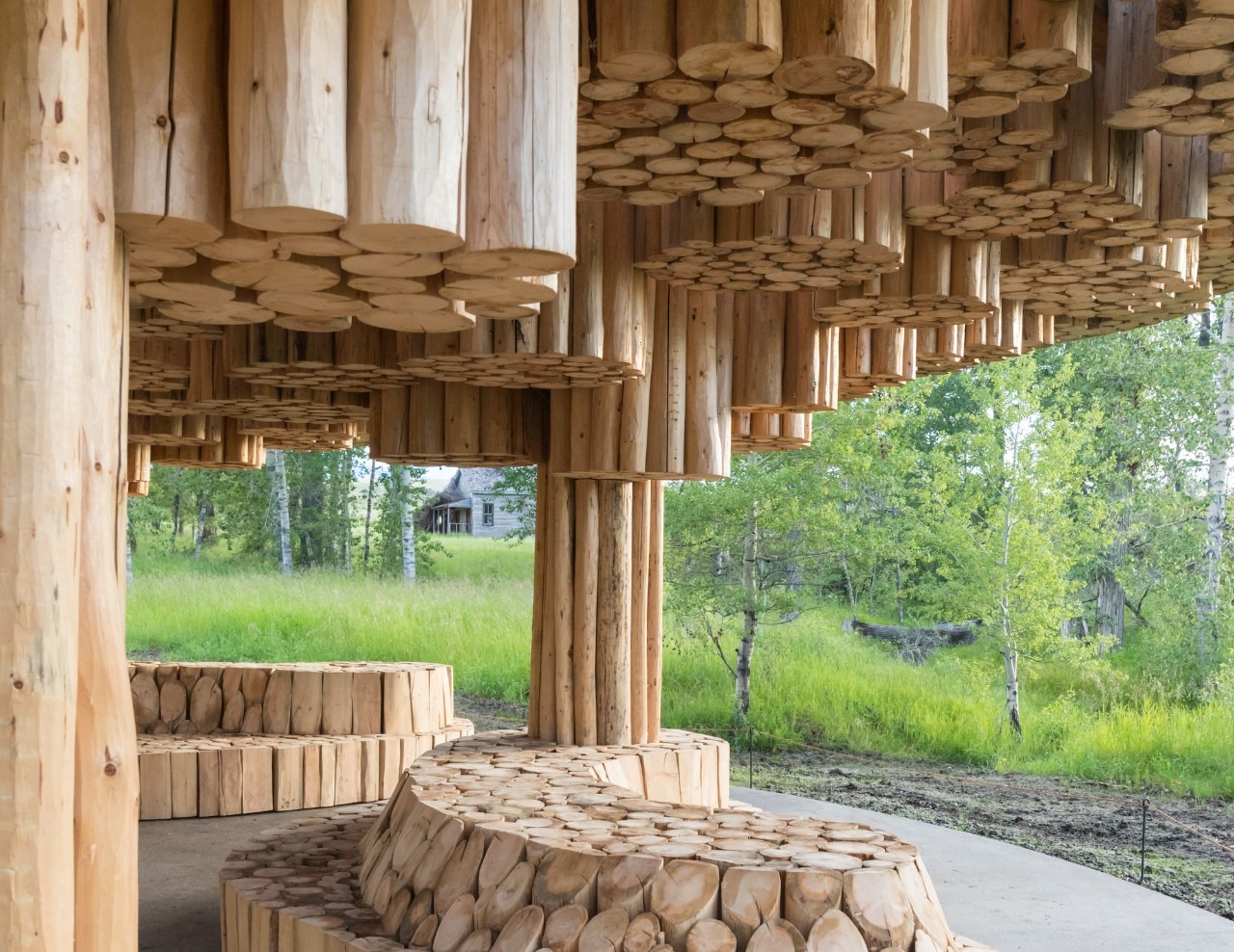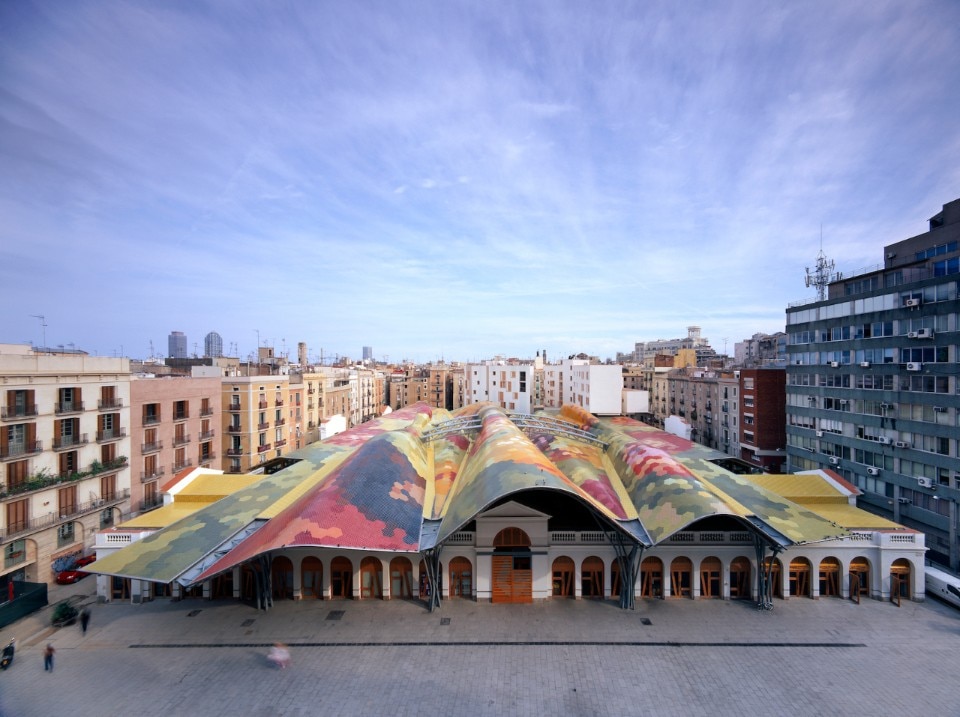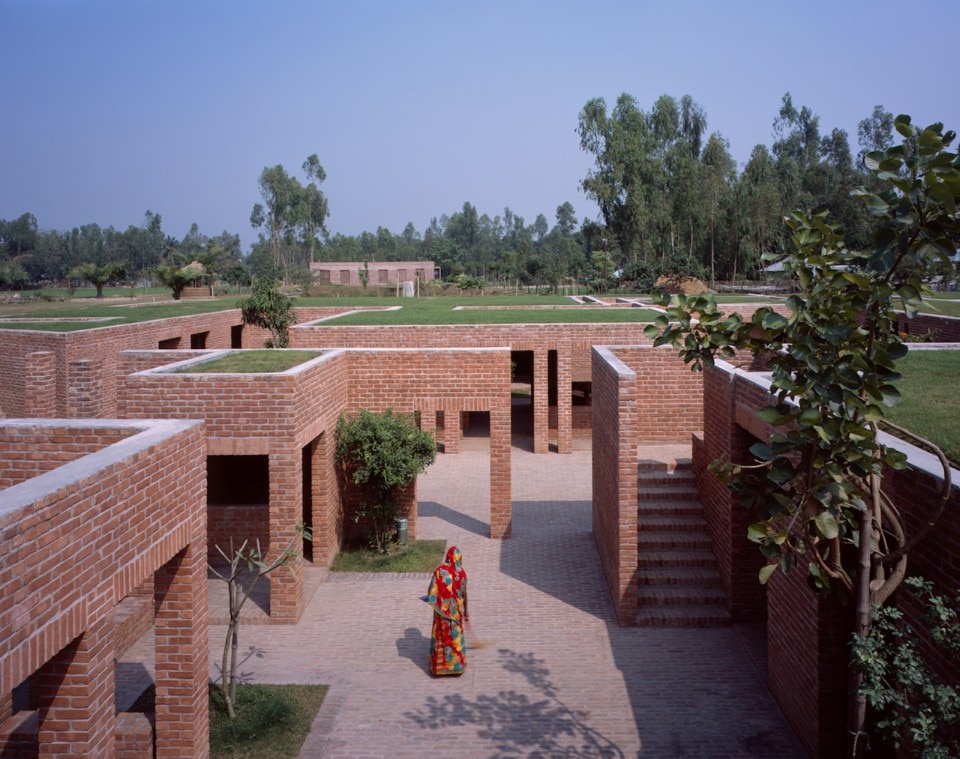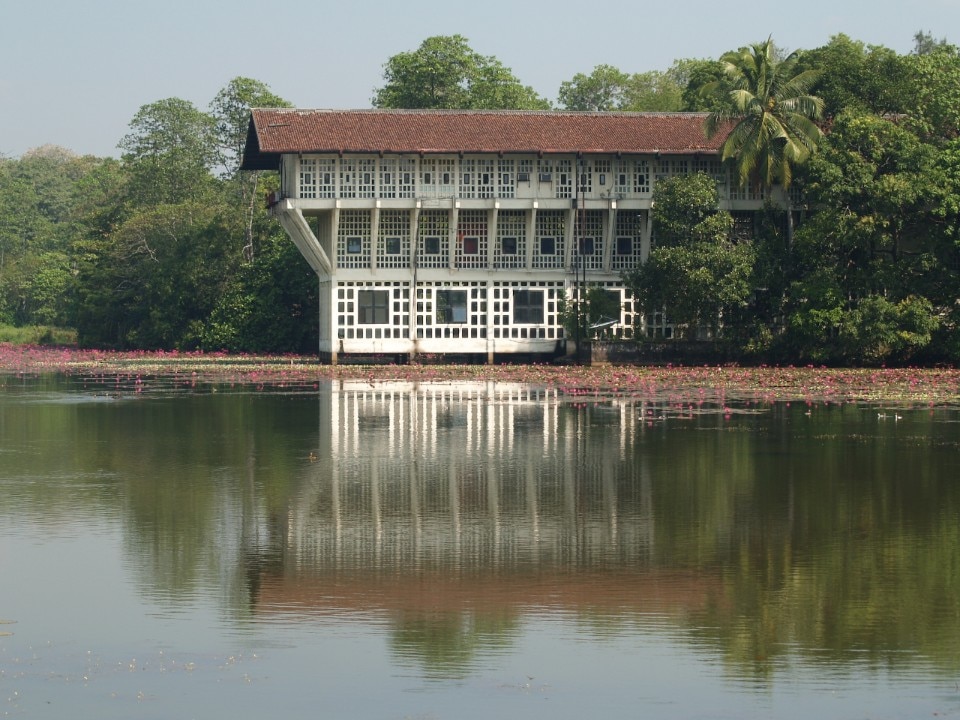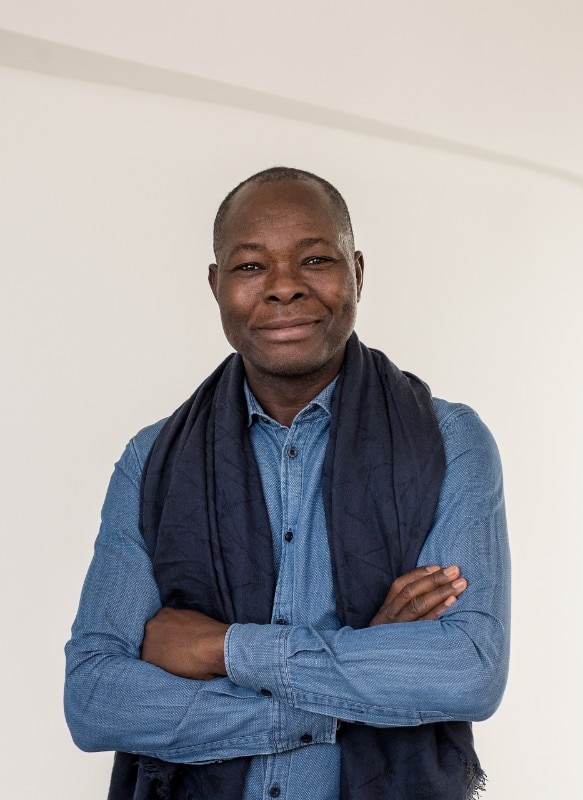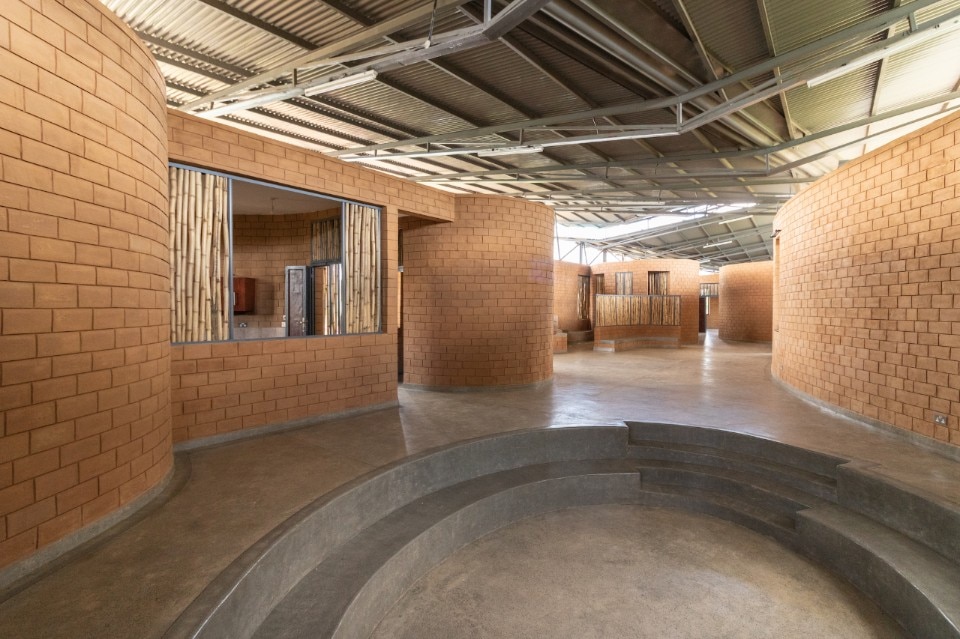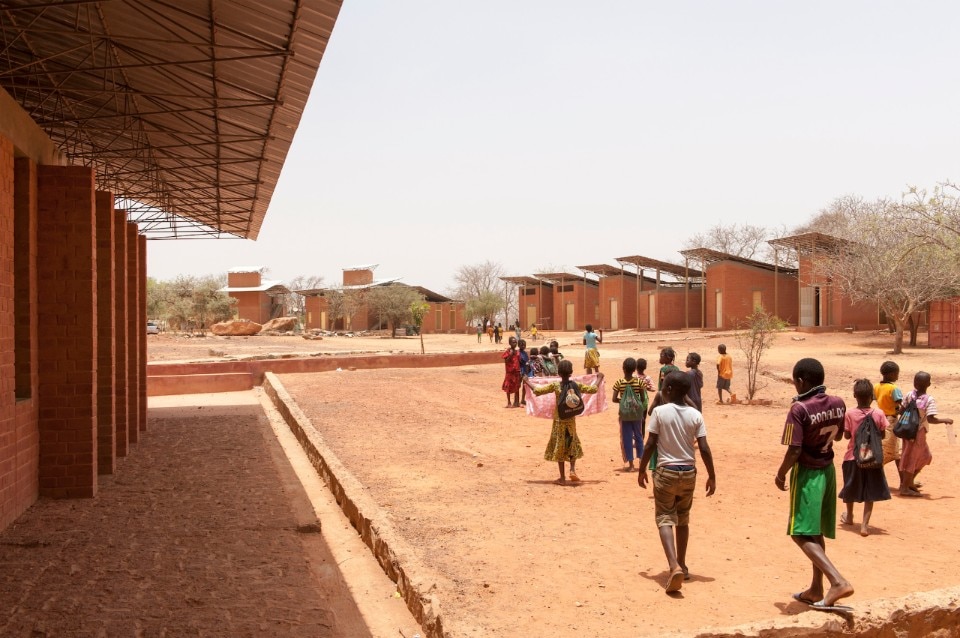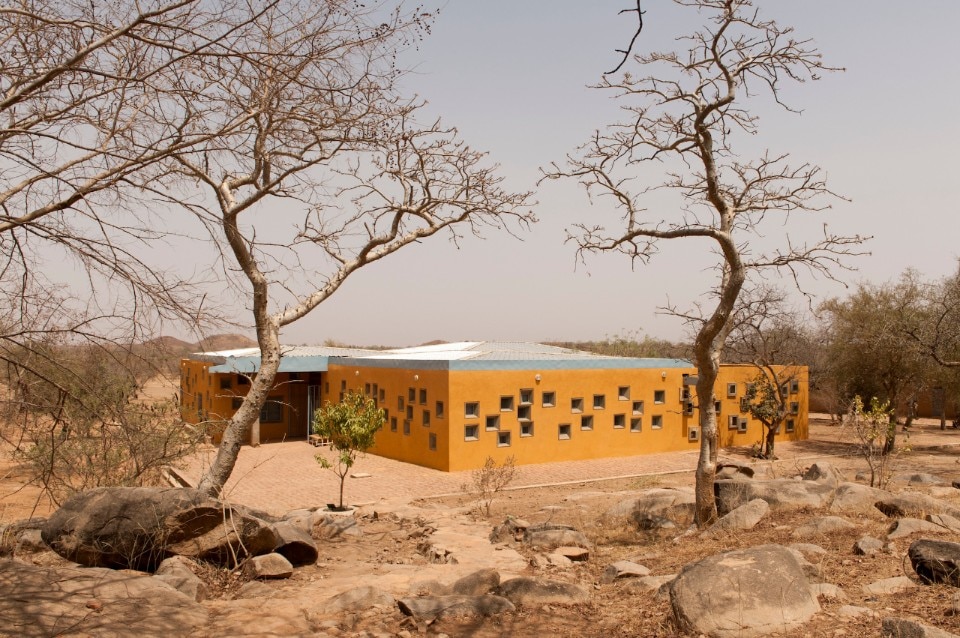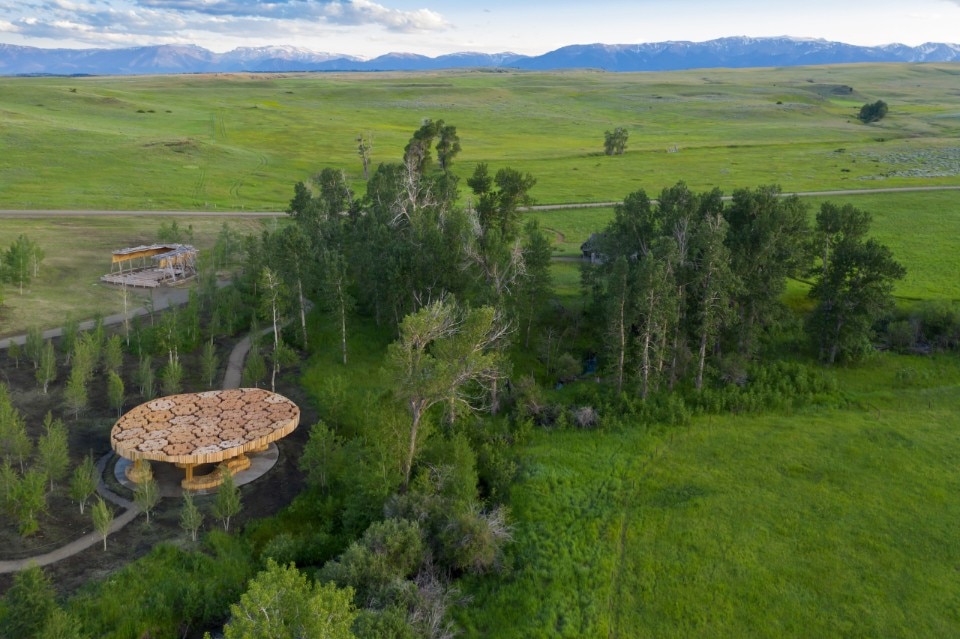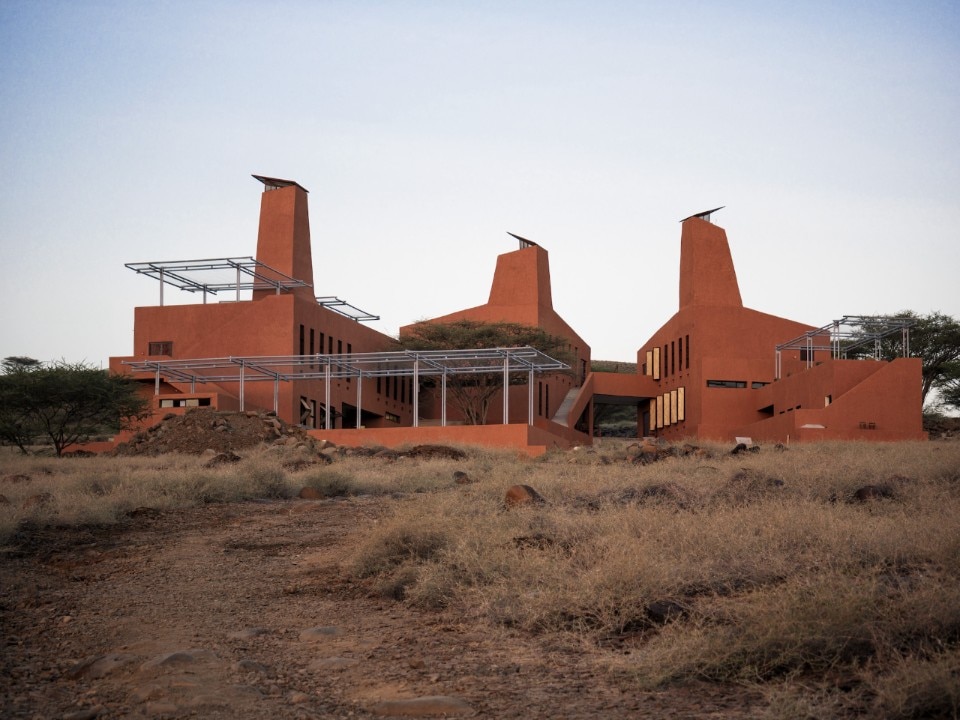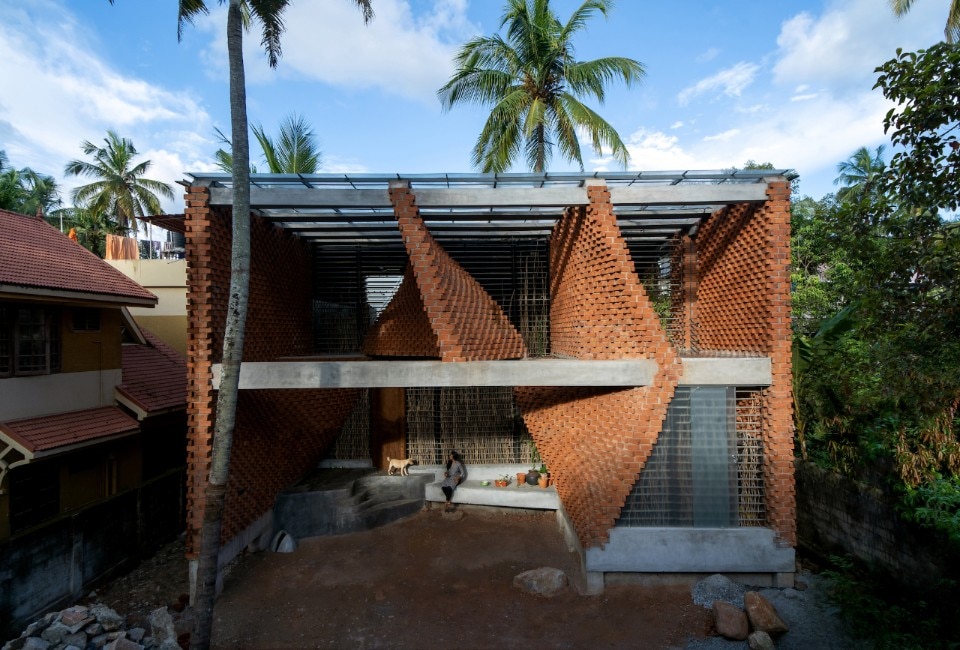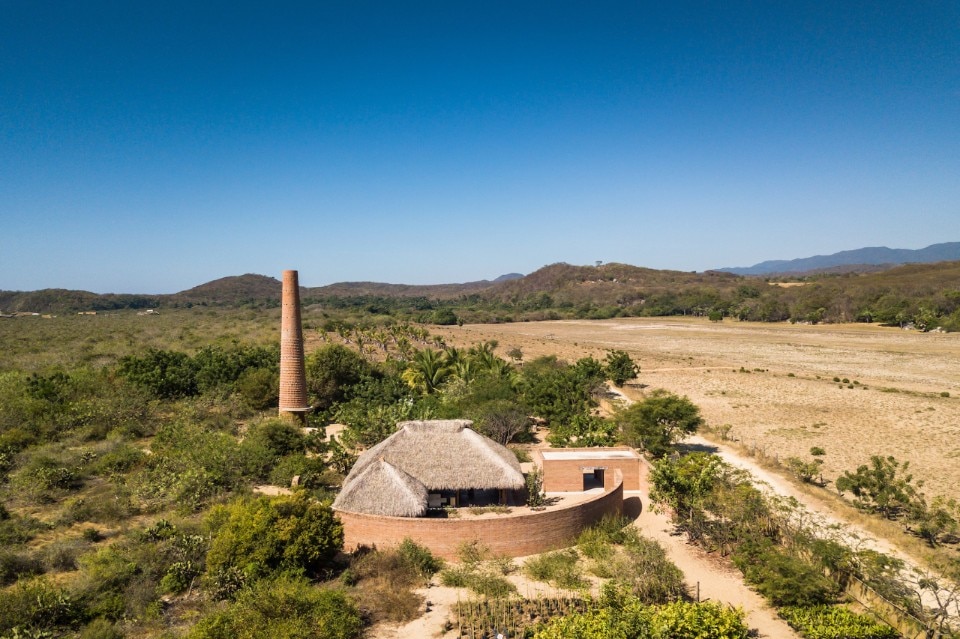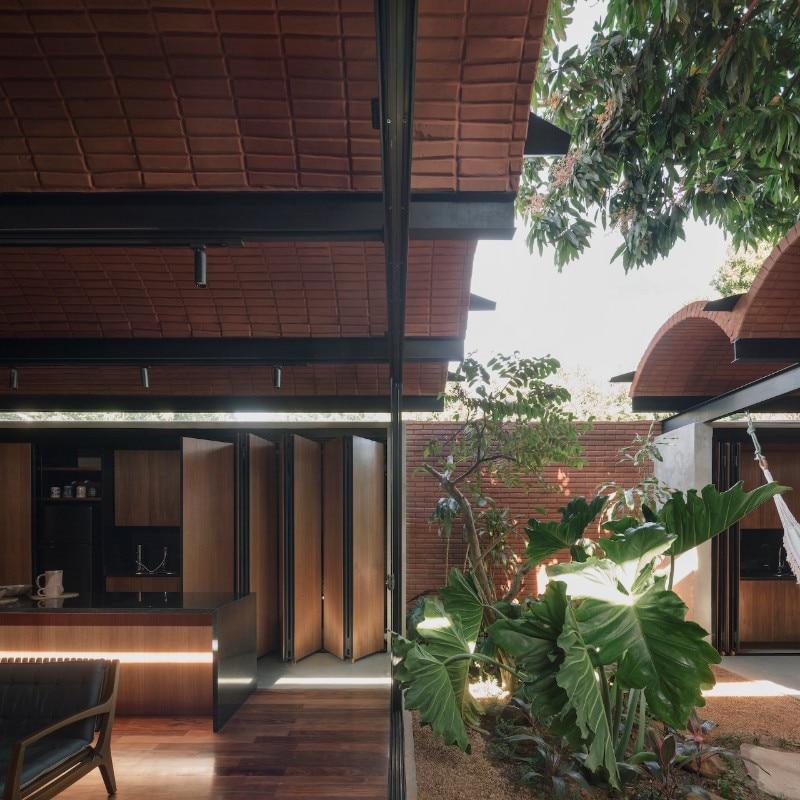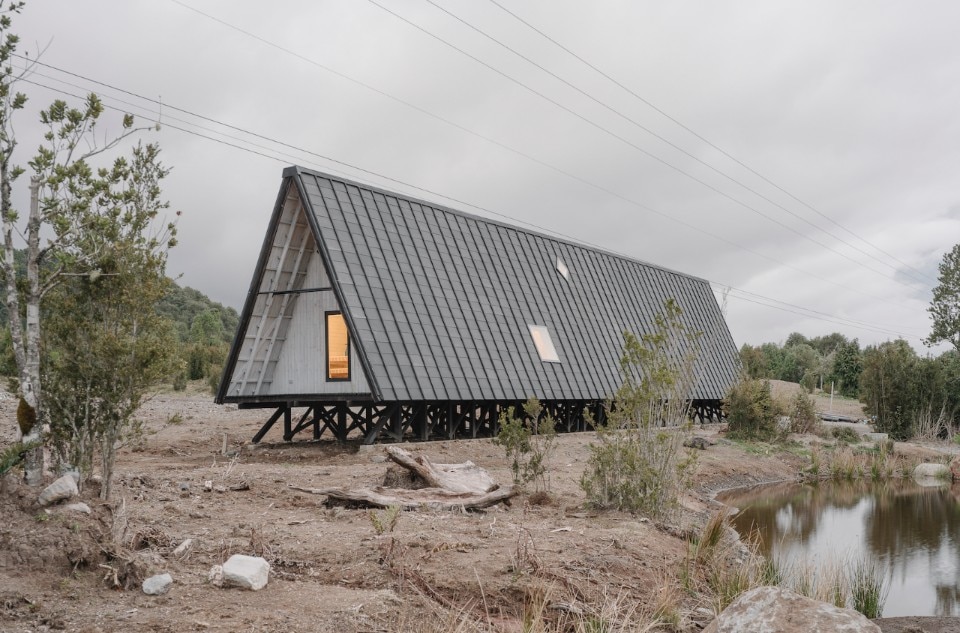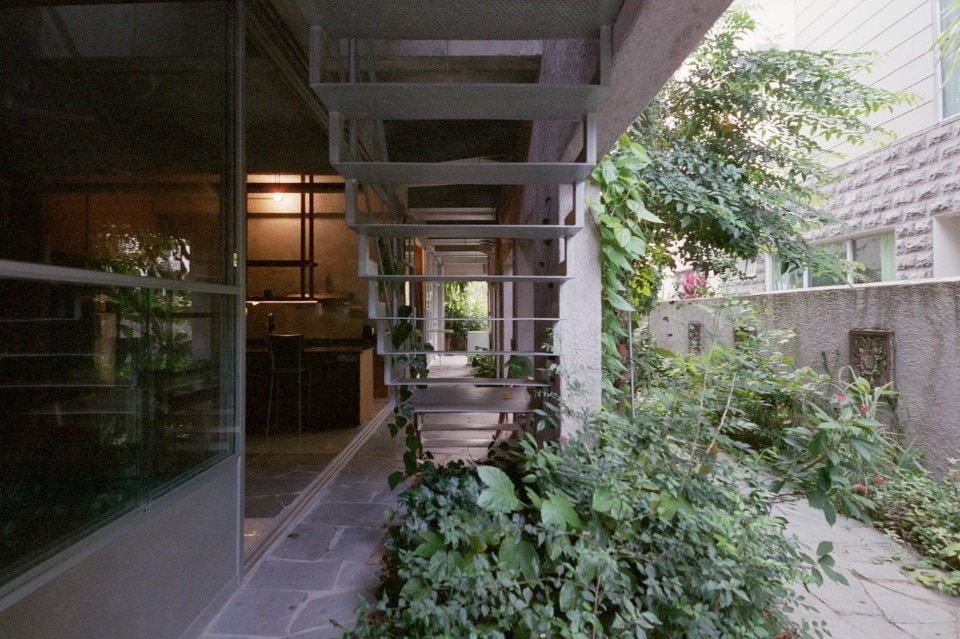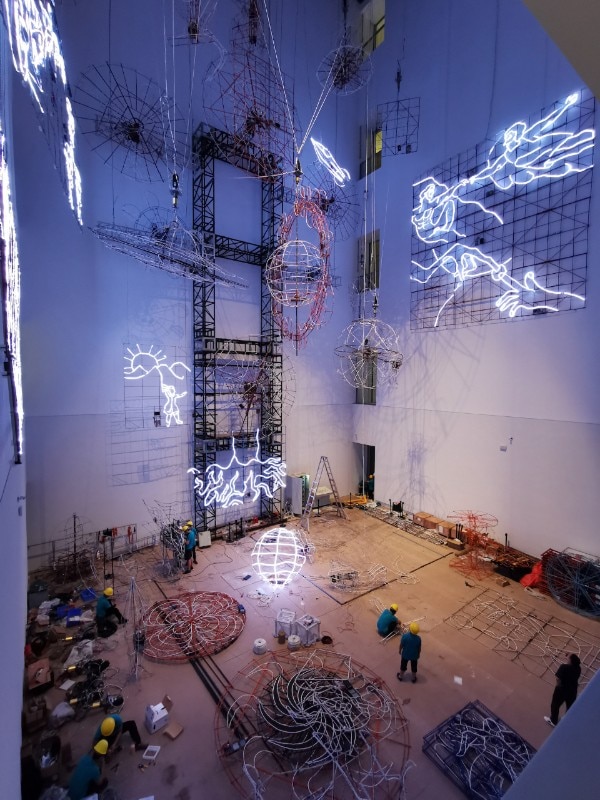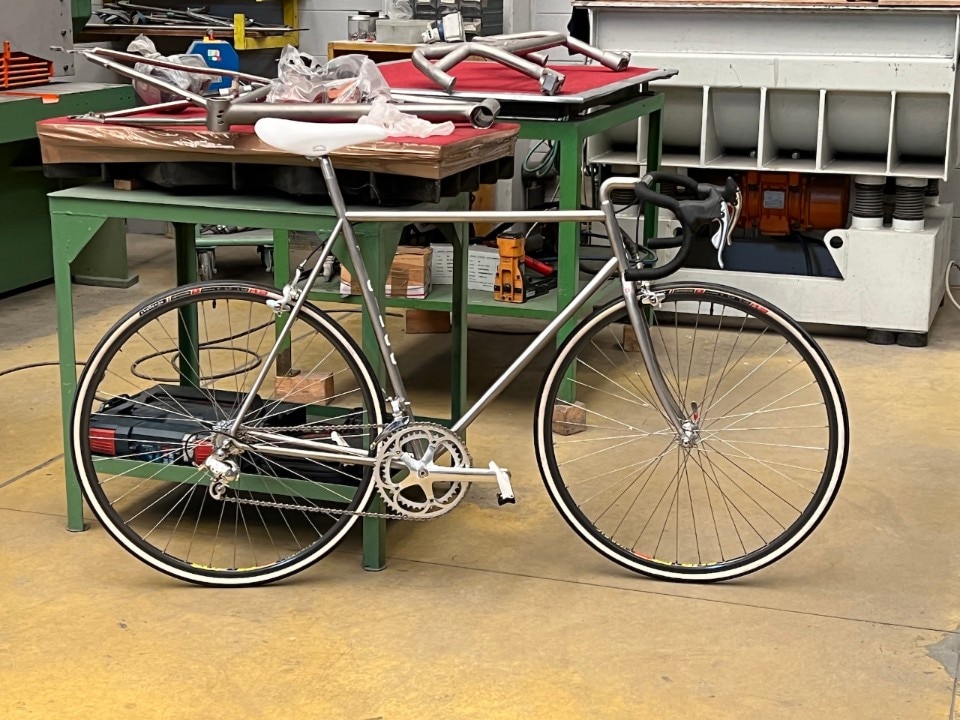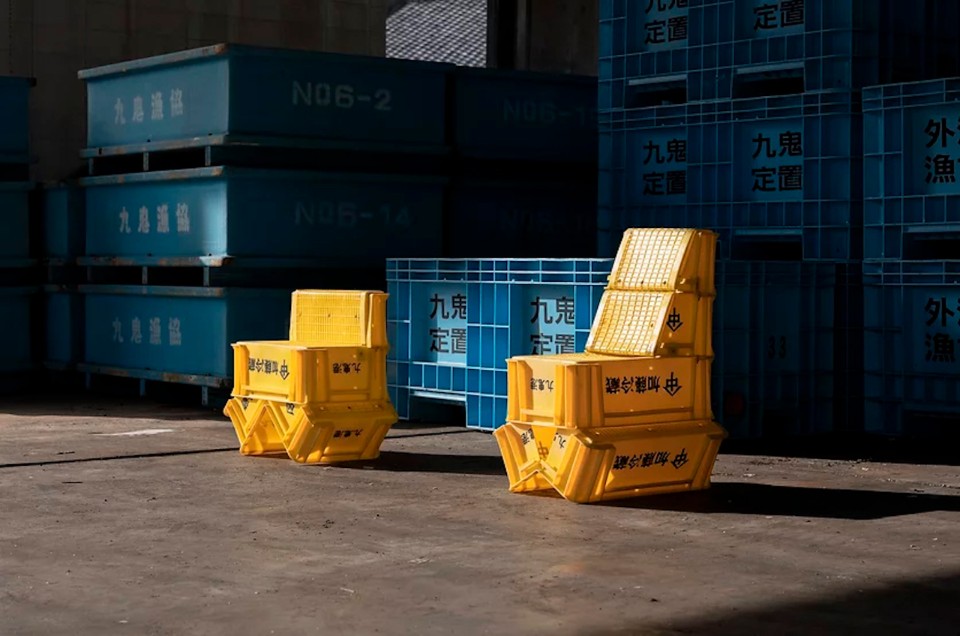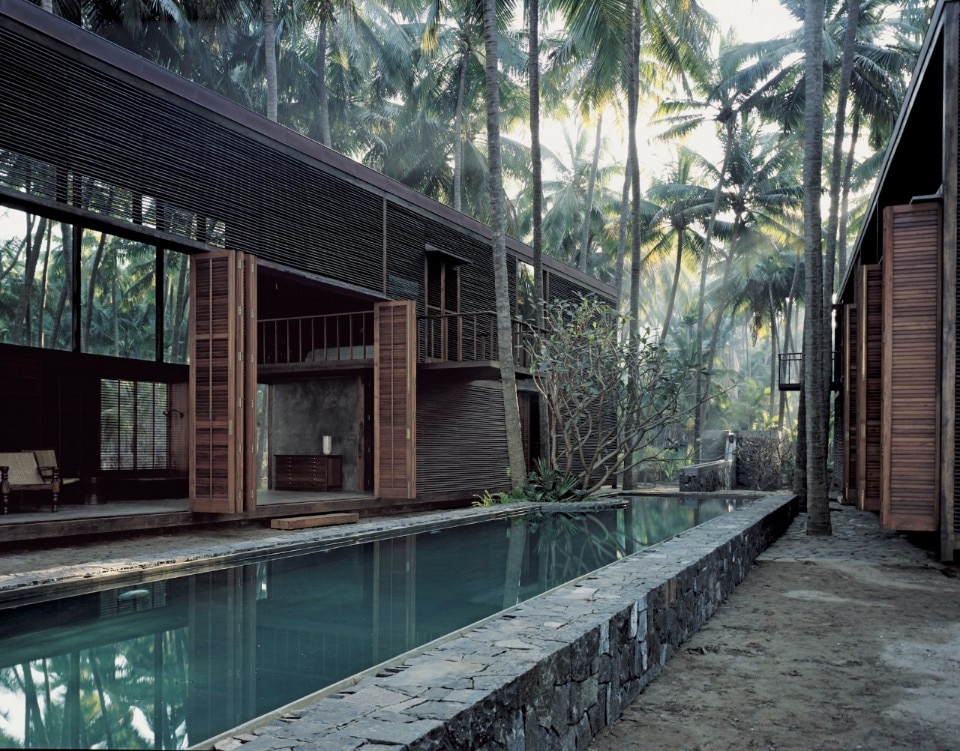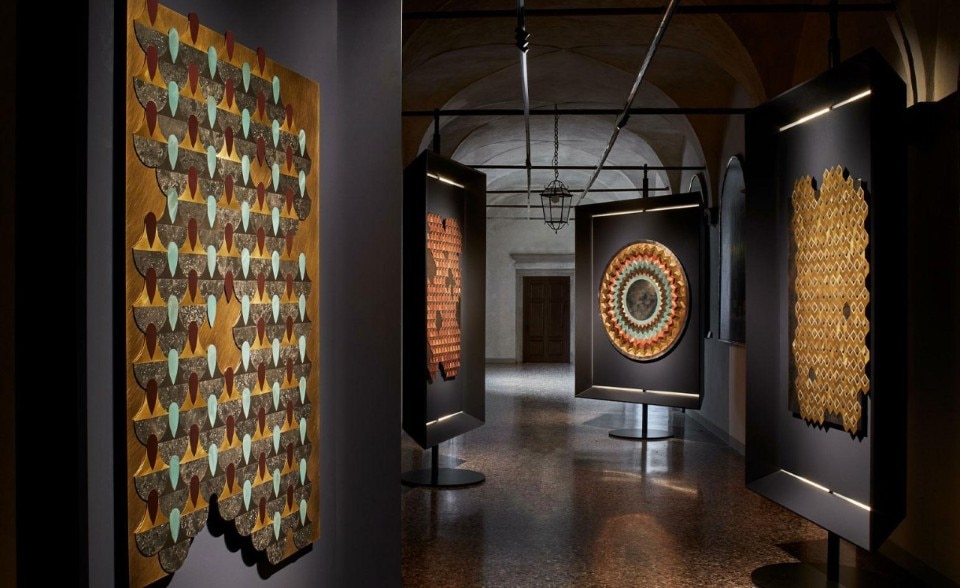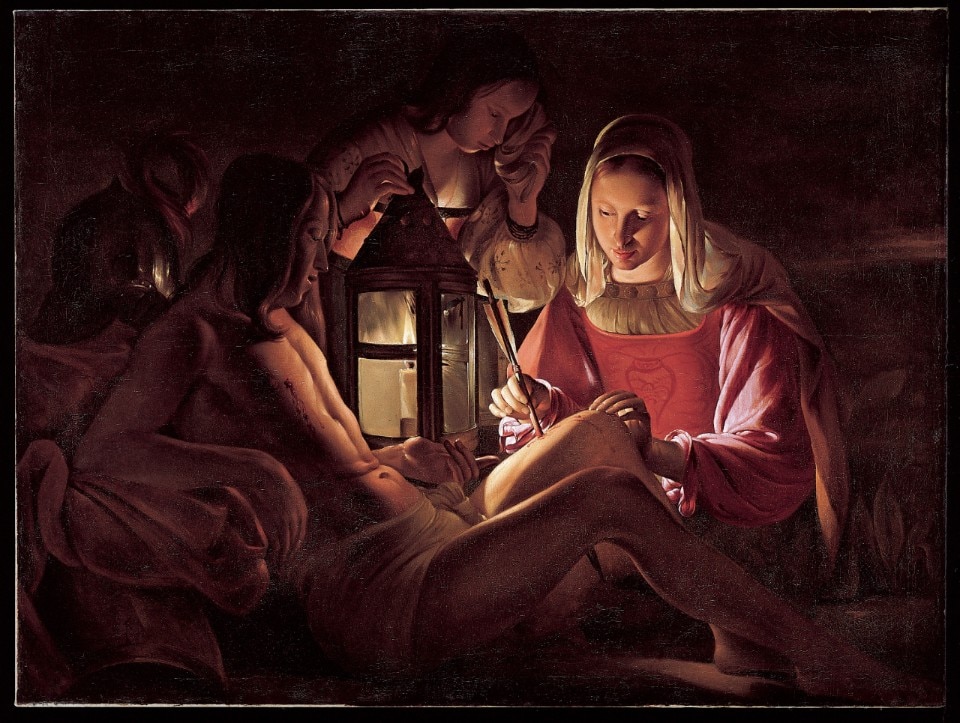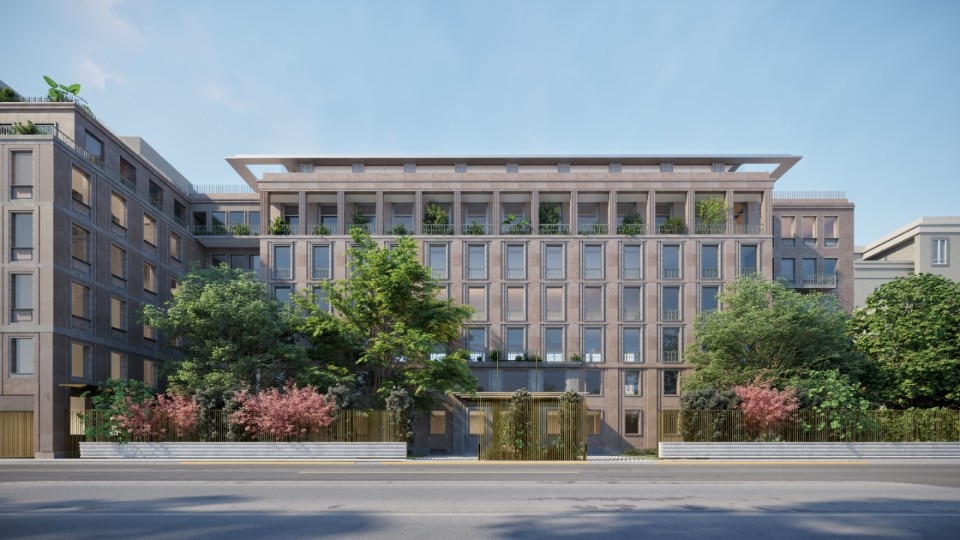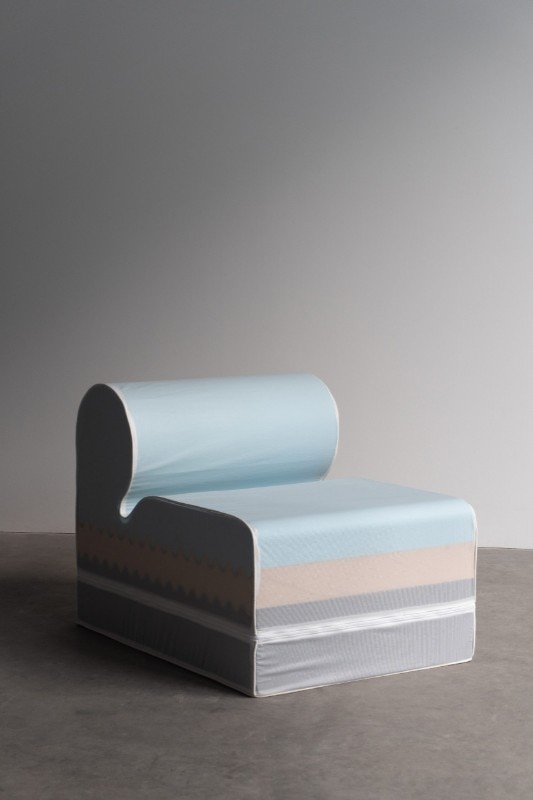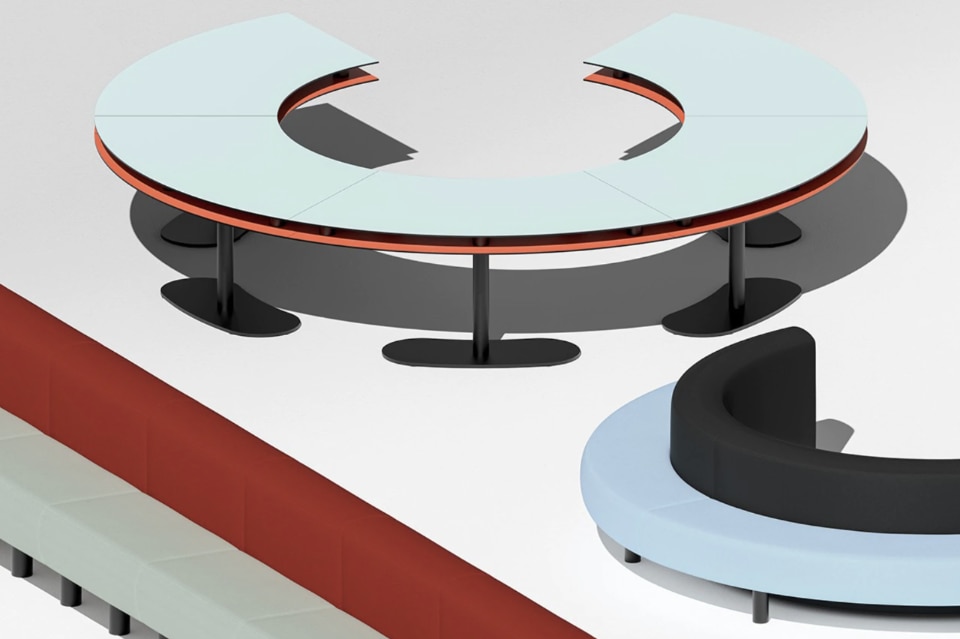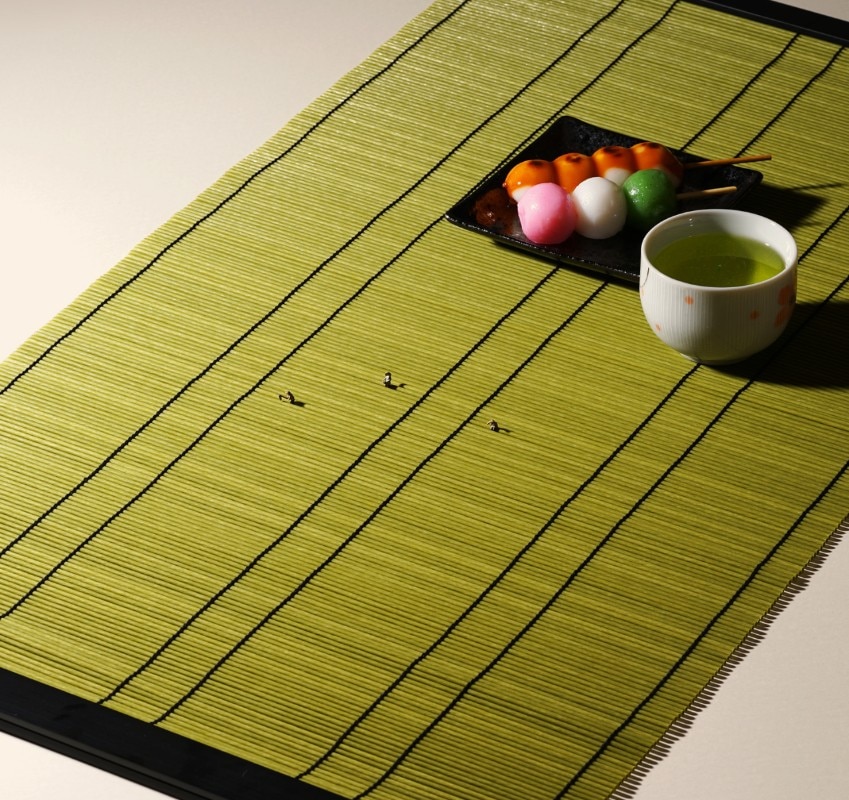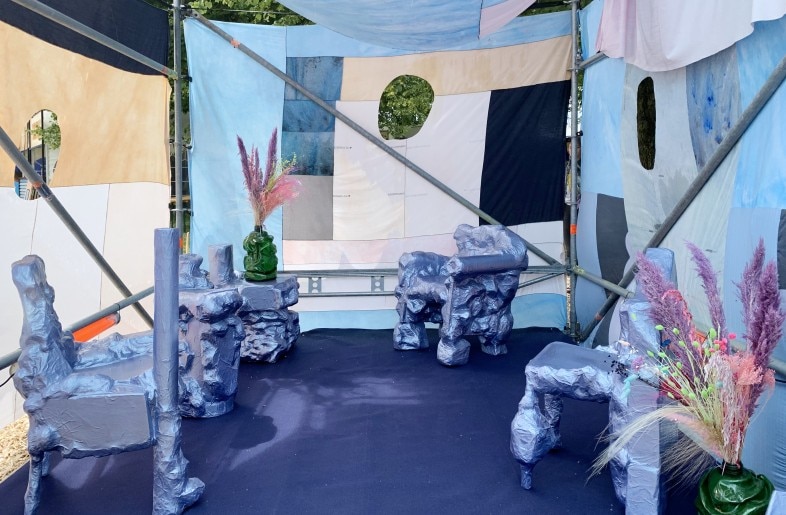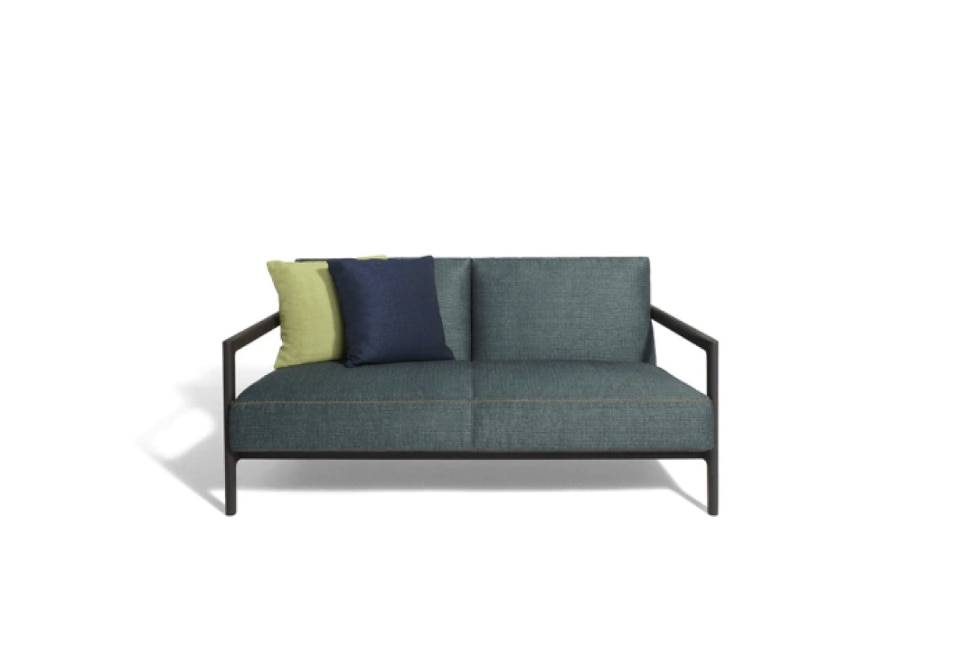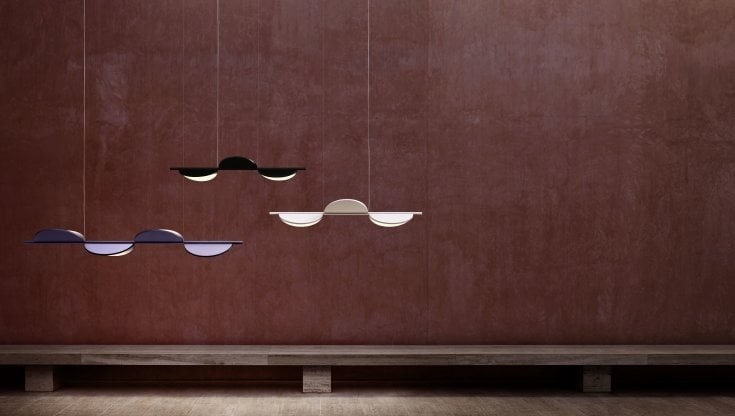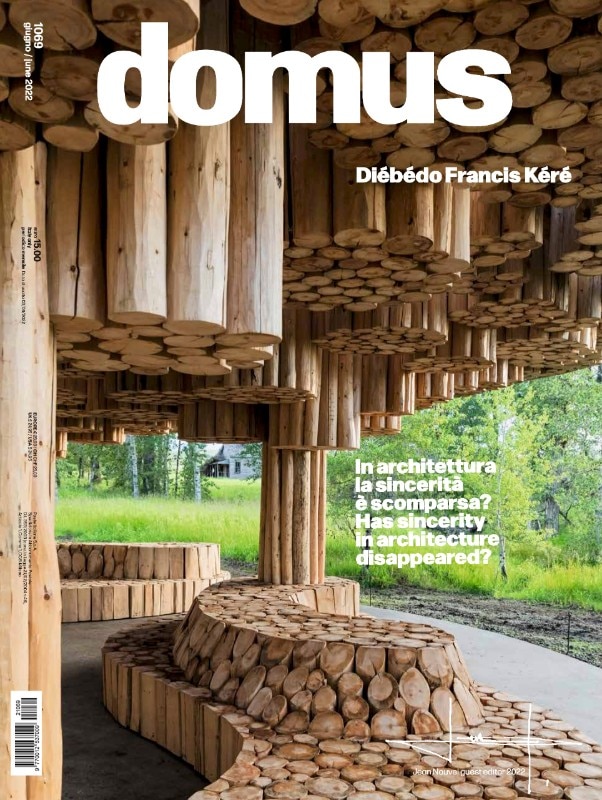The June issue of Domus 1069 focuses on the search for sincerity in architectural design. Guest Editor 2022 Jean Nouvel, in his Editorial, talks about how each of us is able to enrich the world with our own ideas and identities: the result of the sum of our life experiences. “It is a generous, often surprising, inventive, and exciting process when the nuance ‘brings two dreams together and the earth with the sky. I like these adventurers who transport and combine mysteries, these citizens of the world who can enrich it”.
This is followed in the Essays by Mohammad al-Asad, founder of the Center for the Study of the Built Environment in Amman, who dedicates his research to modern and contemporary Islamic architecture identity. Next a reflection by David Robson on Geoffrey Bawa, an architect who worked mainly in what was then the British crown colony of Ceylon. Bawa realized that tropical modernism, neglecting culture and context, would not be able to adapt to the humid heat of the setting.
The first part of the Architecture section is dedicated to the work of architect Diébédo Francis Kéré, who was recently awarded the prestigious Pritzker Prize. The award is an acknowledgment of Kéré’s distinctive approach in developing new design strategies from his dual cultural identity, which is effective not only in sub-Saharan countries but also in other regions of the world. His projects include the SKF-RTL Children Learning Centre, an educational centre for children between the ages of four and 14 in Kenya, the Opera Village Laongo, the result of the collaboration between Kéré and Christoph Schlingensief, and the Centre for Health and Social Welfare, designed to provide basic health and medical services for the needs of the population of Laongo. Among the few US works, Xylem is a pavilion that serves as a meeting point for visitors to the Tippet Rise Art Centre estate, invited to explore the different possible uses of its interior space. Finally Startup Lions Campus is the information and communication technology (ICT) training center located on the shores of Lake Turkana.
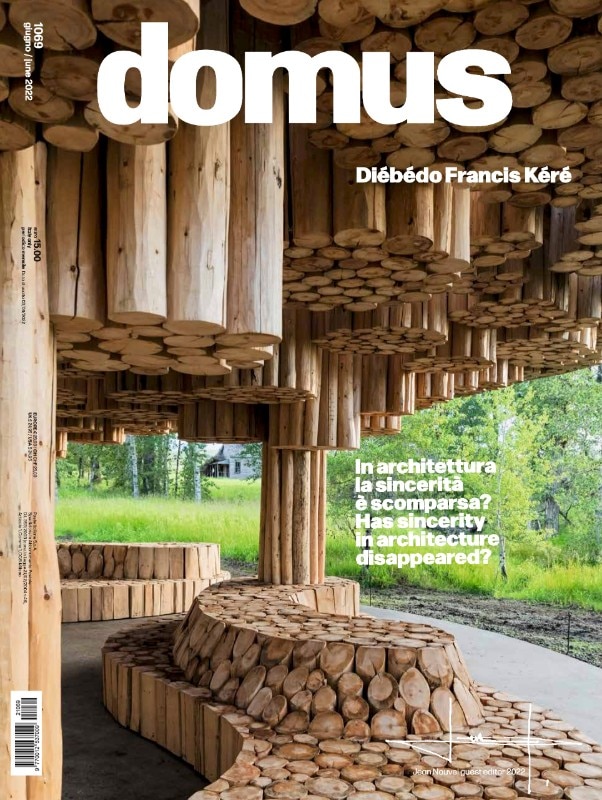
The section continues with the Pirouette House project by the Indian studio Wallmakers, formally characterized by walls that seem to dance: a formal choice but also a strategy to optimize the volume of the house, which, given its reduced distance from neighboring buildings, is conceived as introverted. The work of Portuguese master Álvaro Siza, Clay Pavilion is part of Casa Wabi, a foundation of Mexican artist Bosco Sodi, and is dedicated to educational and creative activities on clay. Equipo de Arquitectura writes us about their Casa Intermedia, a manifestation of a desire to mediate between housing needs and construction requirements, while Chilean architect Iván Bravo shows us his Aladino House, a private dwelling raised off the ground above the landscape of the Parque Pudú nature reserve. Finally, Every Window a Garden by Linghao Architects is a renovation project of a residence from the early 2000s reflecting the decolonization of living in the equatorial climate.
The pages dedicated to Art focus on the work of Cai Guo-Qiang, where different and geographically distant traditions coexist in the works of the Chinese artist and, above all, become an enrichment for each other. For Design, Jasper Morrison and Fabrice Domercq tell us about their Gilco 100 Road Bike, a racing bicycle characterized by a frame with no visible joints. Japanese designer Takuto Ohta proposes a way of exploiting waste from the fishing industry by involving the inhabitants of the Kishu area.
The issue closes with a final reflection by the Italian designer and architect affirming the disconnection between architecture and the current world, reiterating the need to give design the ability to speak, to express current reality and its right to exist, avoiding the worn-out values to which it has fallen victim for too long. “What is lacking are schools of architecture where people are taught to experiment and train, in addition to providing building craftsmen, architects who search for new languages closer to contemporary reality”.
This month’s Diary, pages dedicated to current affairs, is opened by the Punti di vista section, where Daniela Bruno, PhD in Archaeology at Rome’s Sapienza University, and Paolo Cresci, associate director of Arup, discuss the risks of the PNRR when it comes to the environment and landscape. Valentina Petrucci interviews Ico Migliore, founder of the Migliore + Servetto firm. Cecilia Fabiani talks to us about the past Homo Faber 2022, the second edition of the exhibition curated by Alberto Cavalli and organized by the Michelangelo Foundation, which continues the exciting reflection on the contribution of design, as demonstrated by the projects by Sebastian Herkner and Zanellato/Bortotto. Andrea Bajani tries to finish a love story set in a small pharmacy in the Roman district of Monteverde Vecchio, which has in truth, been swept away by that very America we call globalization.
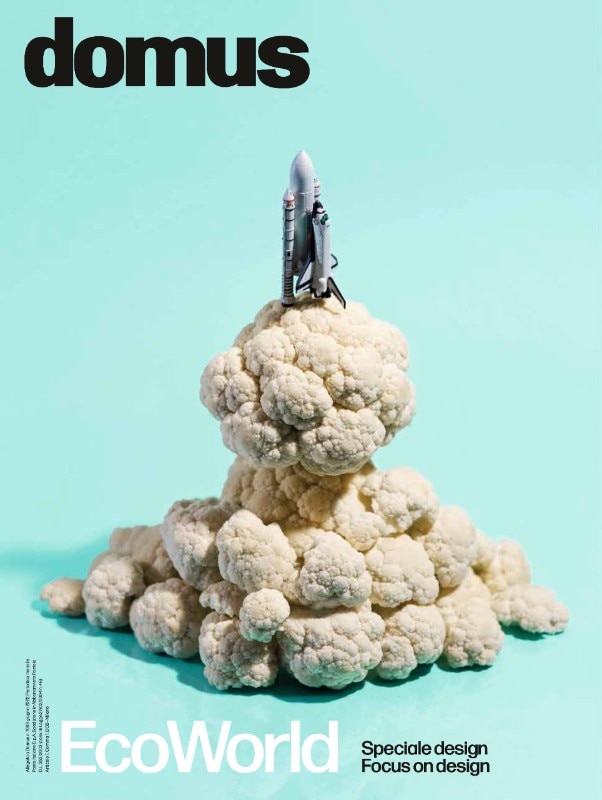
Walter Mariotti, Editorial Director of Domus, closes with a chat with Giuliano Gori, entrepreneur and art collector. The Gori Collection is kept in the indoor and outdoor spaces of the Fattoria di Celle, in Santomato, Pistoia. Here he created the Environmental Art project, which was awarded in 1996 as the best private park in Italy by the International Association of Landscape Architects.
Attached to this double issue is the 2022 issue of EcoWorld, an in-depth look at the world of sustainability from the perspective of Domus. “Those who really want to reconcile the economy with the planet only listen to scientists, engineers, physicists, experts in complex systems. Why shouldn’t those who work in architecture and design do the same?” Editorial Director Walter Mariotti writes in the enclosed editorial. In the pages, Cecilia Fabiani questions the future of plastic, speaking directly with Artemide, Fratelli Guzzini, Lanerossi, Magis and Zanotta. Valentina Croci writes about recovering and ennobling production waste, while Emilio Ambasz questions the designer’s role in these delicate topics.


